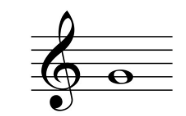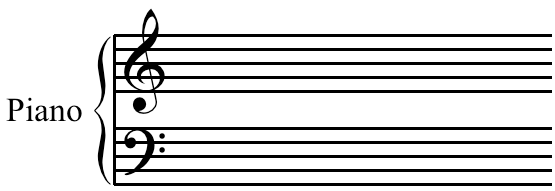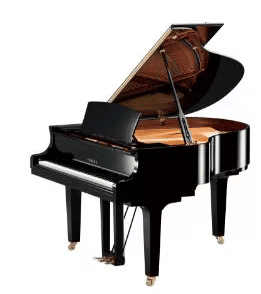Worksheet: Introduction to Piano | Piano Tutorials Course: Beginners to Advance - Class 6 PDF Download
| Table of contents |

|
| Multiple Choice Questions (MCQs) |

|
| Fill in the Blanks |

|
| Match the Following |

|
| True or False |

|
Multiple Choice Questions (MCQs)
1. What do the spaces in the bass clef represent?
A) F, A, C, E
B) A, C, E, G
C) E, G, B, D, F
D) G, B, D, F, A
2. Which of the following factors is important when selecting a piano?
A) The brand name only
B) The color of the piano
C) The size, space, and budget
D) The number of black keys only
3. What is the function of the treble clef in sheet music?
A) It represents low-pitched notes played with the left hand
B) It shows high-pitched notes played with the right hand
C) It is used only in digital pianos
D) It is used for only classical music

4. How many white keys are there in one complete octave on a piano?
A) 5
B) 10
C) 8
D) 7
Fill in the Blanks
1. The ______________ is the set of five horizontal lines on which music notes are placed.

2. The ______________ is usually played with the right hand and represents high-pitched notes.
3. The ______________ is usually played with the left hand and represents low-pitched notes.
Match the Following

True or False
1. The bass clef is also called the G clef.
2. The white keys on a piano represent natural notes.
3. Acoustic pianos do not need tuning.

You can access the solutions to this worksheet here.
|
45 videos|12 docs|6 tests
|
FAQs on Worksheet: Introduction to Piano - Piano Tutorials Course: Beginners to Advance - Class 6
| 1. What are the basic components of a piano? |  |
| 2. How can a beginner start learning the piano effectively? |  |
| 3. What are some common mistakes to avoid when learning piano? |  |
| 4. How long does it typically take to learn the piano? |  |
| 5. What resources are recommended for learning piano at home? |  |















